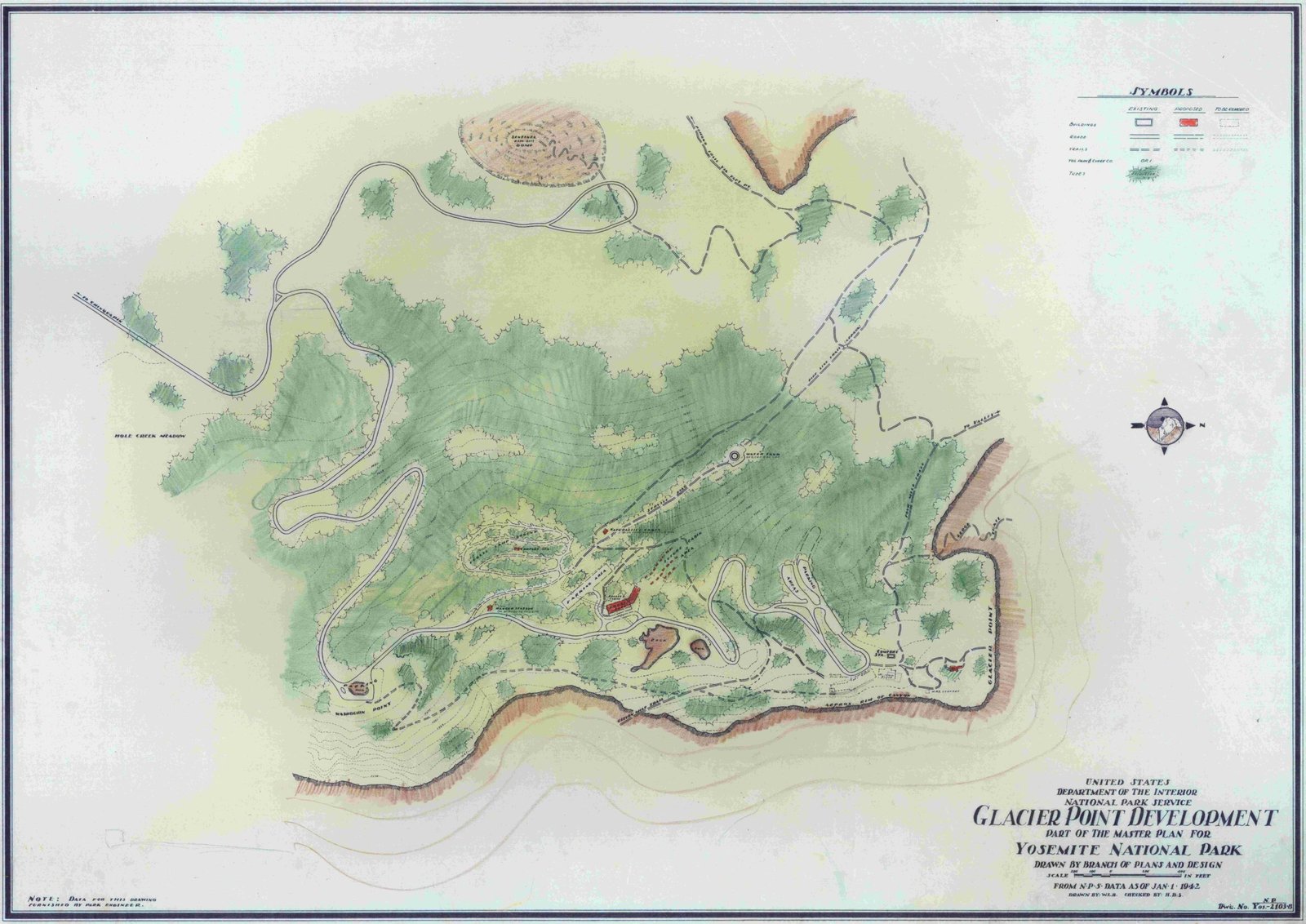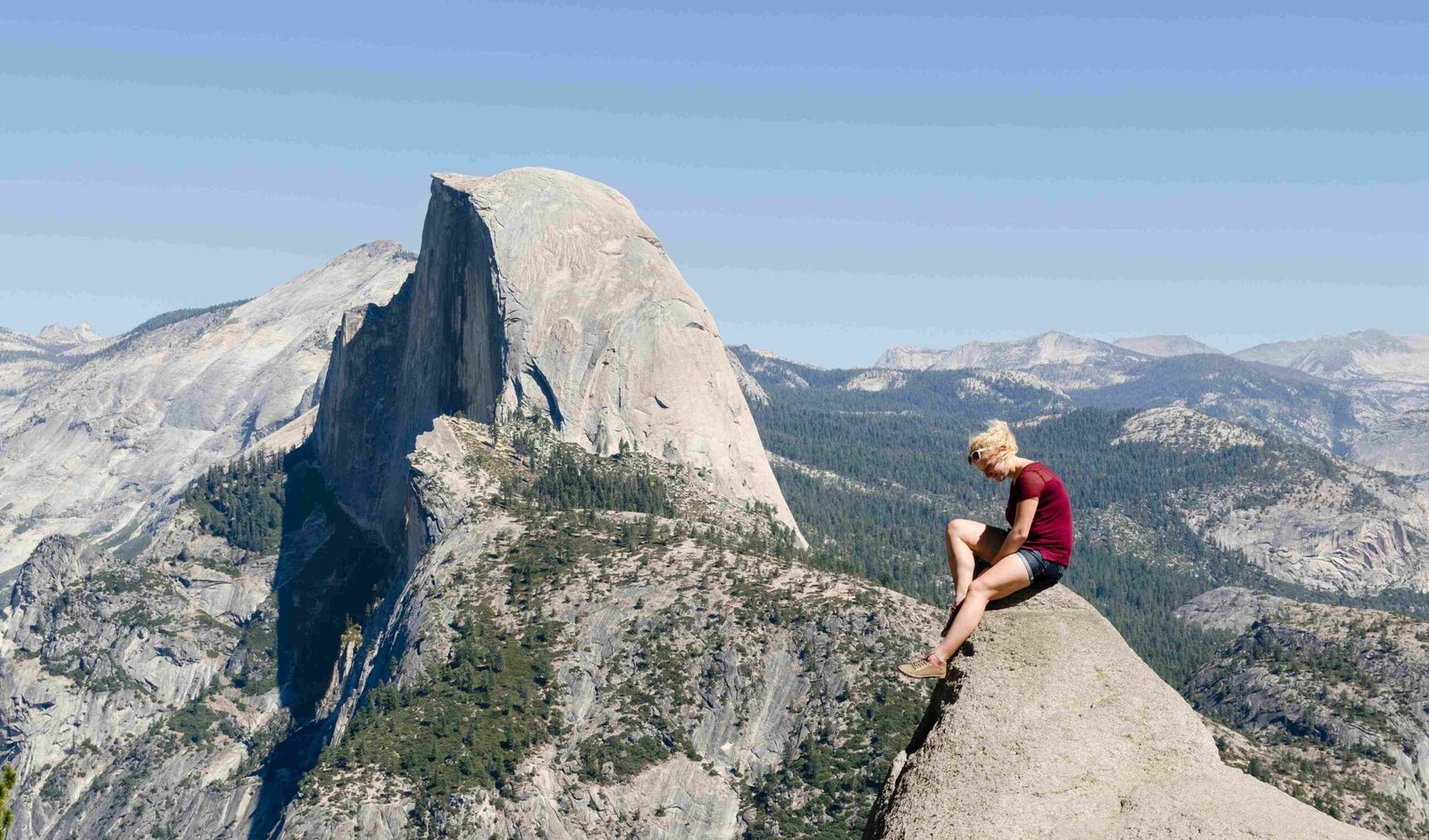The Grinnell Glacier Trail in Glacier National Park, Montana, is a breathtaking journey through some of the most stunning alpine scenery in North America. This iconic trail offers hikers the opportunity to witness firsthand the dramatic effects of climate change on the park’s glaciers. Stretching approximately 10.6 miles round trip, the trail challenges hikers with a significant elevation gain of about 1,600 feet, leading to awe-inspiring views of glacial lakes, towering peaks, and the receding Grinnell Glacier itself. The trail’s popularity stems from its diverse landscapes, wildlife sightings, and the chance to experience the raw beauty of Glacier National Park’s rapidly changing ecosystem.
What Is the Distance and Elevation Gain of the Grinnell Glacier Trail?

The Grinnell Glacier Trail presents a significant challenge to hikers, with its length and elevation gain varying based on the chosen route:
- Full Trail (Without Boat Shuttle):
- Distance: 10.6 to 11 miles round trip
-
Elevation Gain: 1,600 to 1,620 feet (488 to 494 meters)
-
Shortened Route (With Boat Shuttle):
- Distance: Approximately 7.2 miles round trip
- Elevation Gain: Remains the same at 1,600 to 1,620 feet
The boat shuttle across Swiftcurrent Lake and Lake Josephine can significantly reduce the hiking distance, making the trail more accessible to a wider range of hikers. However, it’s important to note that the elevation gain remains challenging regardless of the chosen starting point.
What Is the Difficulty Level of the Grinnell Glacier Trail?

The Grinnell Glacier Trail is categorized as strenuous due to several factors:
- Terrain Variety:
- Initial flat sections
- Steep inclines, especially in the last 3.5 miles
-
Diverse landscapes including forests, meadows, and rocky ledges
-
Elevation Gain:
- Concentrated in the latter half of the trail
-
Challenging even for experienced hikers
-
Trail Conditions:
- Exposed sections with potential for fatal falls
-
Snow and ice persistence at higher elevations
-
Weather Factors:
- Hot summer temperatures in exposed areas
- Potential for sudden weather changes
Hikers should be well-prepared with appropriate gear, including sturdy hiking boots, plenty of water, and sun protection. For early or late season hikes, additional equipment like micro-spikes may be necessary due to lingering snow and ice.
When Is the Best Time to Hike the Grinnell Glacier Trail?
The optimal time for hiking the Grinnell Glacier Trail typically falls within the summer months:
| Month | Conditions | Considerations |
|---|---|---|
| July | Peak season | Warmest weather, clearest trails |
| August | Peak season | Excellent visibility, potential for wildfires |
| June | Early season | Snow and ice possible, additional gear needed |
| September | Late season | Cooler temperatures, potential early snowfall |
Factors to consider when planning your hike:
- Trail Accessibility: The entire trail is usually accessible from mid-July to late August.
- Weather Patterns: Summer offers the most stable weather, but be prepared for sudden changes.
- Crowd Levels: Peak season (July-August) sees the highest visitor numbers.
- Wildlife Activity: Summer months provide the best opportunities for wildlife sightings.
It’s crucial to check current trail conditions with park rangers before setting out, especially after heavy snow years or during periods of extreme weather.
What Are the Key Scenic Viewpoints Along the Grinnell Glacier Trail?
The Grinnell Glacier Trail offers a series of spectacular viewpoints that showcase the park’s diverse beauty:
- Many Glacier Hotel and Lake Josephine:
- Starting point views
- Historic hotel backdrop
-
Serene lake vistas
-
Grinnell Lake:
- Emerald-green waters
- Surrounded by towering peaks
-
Visible Grinnell Falls
-
Grinnell Glacier Overlook:
- Located 0.4 miles from the final destination
- Panoramic views of the glacier and surrounding mountains
-
Ideal rest area before the final ascent
-
Upper Grinnell Lake and Grinnell Glacier:
- Trail’s ultimate destination
- Close-up views of the receding glacier
- Icebergs floating in the lake
- Dramatic cirque formed by Mt. Grinnell and Mt. Gould
Each viewpoint offers unique perspectives on the park’s geology, ecology, and the visible effects of climate change on the landscape.
How Should Hikers Prepare for the Grinnell Glacier Trail?
Proper preparation is crucial for a safe and enjoyable experience on the Grinnell Glacier Trail:
- Physical Conditioning:
- Build endurance with regular cardio exercises
- Practice hiking on steep terrain
-
Acclimate to high altitudes if possible
-
Essential Gear:
- Sturdy hiking boots with good ankle support
- Layered clothing for changing weather conditions
- Sun protection (hat, sunscreen, sunglasses)
- Plenty of water and high-energy snacks
- First aid kit
-
Bear spray (available for rent at Many Glacier Hotel)
-
Navigation Tools:
- Trail map and compass
-
GPS device (optional but recommended)
-
Seasonal Considerations:
- Micro-spikes for early or late season hikes
-
Trekking poles for stability on steep sections
-
Wildlife Awareness:
- Learn proper bear safety techniques
-
Make noise while hiking to alert wildlife of your presence
-
Leave No Trace Principles:
- Pack out all trash
- Stay on designated trails
- Respect wildlife and plant life
By thoroughly preparing and respecting the trail and its environment, hikers can maximize their enjoyment of this iconic Glacier National Park experience.
What Wildlife Might Be Encountered on the Grinnell Glacier Trail?
The Grinnell Glacier Trail offers excellent opportunities for wildlife viewing:
- Large Mammals:
- Grizzly bears
- Black bears
- Mountain goats
- Bighorn sheep
- Moose
-
Elk
-
Smaller Animals:
- Marmots
- Pikas
- Ground squirrels
- Various bird species including eagles and ptarmigans
While wildlife encounters can be thrilling, it’s crucial to maintain a safe distance and never feed or approach animals. Always carry bear spray and know how to use it properly.
How Has Climate Change Affected Grinnell Glacier?
The Grinnell Glacier serves as a stark example of climate change impacts:
- Glacier Retreat:
- Significant reduction in size since the mid-19th century
-
Estimated to have lost over 40% of its area since 1966
-
Formation of Upper Grinnell Lake:
-
As the glacier recedes, it leaves behind a growing glacial lake
-
Ecosystem Changes:
- Shifts in plant and animal habitats
- Alterations in water availability for downstream ecosystems
Visitors to the Grinnell Glacier Trail witness firsthand the rapid changes occurring in alpine environments due to global warming.
What Are the Photography Opportunities on the Grinnell Glacier Trail?
The Grinnell Glacier Trail offers numerous photographic opportunities:
- Landscape Shots:
- Sweeping vistas of the Many Glacier area
- Reflections in Grinnell Lake and Upper Grinnell Lake
-
Dramatic mountain peaks and glacial cirques
-
Wildlife Photography:
- Mountain goats and bighorn sheep on rocky slopes
- Marmots and pikas among the rocks
-
Various bird species in flight or perched
-
Macro Photography:
- Alpine wildflowers in meadows along the trail
-
Intricate patterns in glacial ice and rocks
-
Time-lapse Opportunities:
- Changing light on the mountains throughout the day
- Moving clouds and weather patterns
Best times for photography include early morning for soft light and potential wildlife sightings, and late afternoon for dramatic shadows and golden hour lighting on the peaks.
The Grinnell Glacier Trail in Glacier National Park, Montana, offers an unparalleled hiking experience that combines challenging terrain, breathtaking scenery, and the opportunity to witness the dramatic effects of climate change on alpine environments. By properly preparing and respecting the trail’s natural beauty, hikers can create lasting memories of one of North America’s most iconic national park experiences.